Several messages, including recent ones on Countdown to the Kingdom, speak of the nearness of the coming Antichrist, such as here, here, here, here, and here, to name but a few. As such, it is raising familiar questions on the timing of Antichrist that many assume is at the very end of the world. So, we are republishing this article from July 2nd, 2020 (also see the tabs in our Timeline for more detailed explanation of the coming sequence of events according to the Early Church Fathers):
An Irish blogger has asserted that Countdown to the Kingdom is promoting “heresy” and “doctrinal error” in our Timeline, which shows an Antichrist coming before the Era of Peace. The blogger also asserts that Our Lord “coming” to establish an Era of Peace constitutes a “Third Coming” of Christ and is, therefore, heretical. Thus, he concludes, the seers on this website are “fake” — even though several of them have Church approval to one degree or another (and none are condemned, or they would not be quoted here. Their ecclesial status can be easily confirmed by going to the section “Why That Seer?” and reading their biographies.)
The allegations put forth by this blogger are not new to us and have been thoroughly answered through numerous writings and books of the Contributors of this website, who have drawn upon the clear teachings of the Catholic Church and Scripture to provide a Timeline of events. But for the sake of new readers who may be rattled by these raucous claims, we will briefly answer his objections here.
Understanding the Day of the Lord
The author of the blog states: “According to the Catholic Church’s teachings, and, the Fathers, Doctors, Saints and approved mystics of the Church, Christ will come on the Last Day and destroy the reign of the Antichrist Himself right at the End of Time. This is in complete agreement with the Bible and the teaching of St. Paul.”
Where we diverge with this author—and this is critical—is upon his personal interpretation of what the “Last Day” means. Clearly, he seems to believe that the last day, or what Tradition calls the “Day of the Lord,” is a twenty-four hour day. However, this is not what the Early Church Fathers taught. Drawing upon both St. Peter and St. John’s Apocalypse, and according to St. John’s own disciples in the budding Church, the Day of the Lord is symbolically represented by a “thousand years” in the Book of Revelation:
I saw the souls of those who had been beheaded for their testimony to Jesus and for the word of God, and who had not worshiped the beast or its image and had not received its mark on their foreheads or their hands… they shall be priests of God and of Christ, and they shall reign with him a thousand years. (Rev 20:4, 6)
The Early Church Fathers rightly understood much of the language of St. John as symbolic.
…we understand that a period of one thousand years is indicated in symbolic language. —St. Justin Martyr, Dialogue with Trypho, Ch. 81, The Fathers of the Church, Christian Heritage
More importantly, they saw this thousand year period as representing the Day of the Lord:
Behold, the Day of the Lord shall be a thousand years. —Letter of Barnabas, The Fathers of the Church, Ch. 15
They taught this, drawing in part, upon St. Peter’s teaching:
Do not ignore this one fact, beloved, that with the Lord one day is like a thousand years and a thousand years like one day. (2 Peter 3:8)
…this day of ours, which is bounded by the rising and the setting of the sun, is a representation of that great day to which the circuit of a thousand years affixes its limits. —Lactantius, Fathers of the Church: The Divine Institutes, Book VII, Chapter 14, Catholic Encyclopedia; www.newadvent.org
With this proper doctrinal understanding of the Day of the Lord, everything else falls into place.
The Timing of Antichrist
According to St. John, before this “thousand year” reign of the Day of the Lord, Jesus comes[1]Rev 19:11-21; understood as a spiritual manifestation of His power, not a physical coming of Christ on earth, which is the heresy of millenarianism. See Millenarianism – What it is, and is Not to destroy the “beast” and “false prophet.” We read in the previous chapter:
The beast was captured, and with it the false prophet who in its presence had worked the signs by which he deceived those who had received the mark of the beast and those who worshiped its image. These two were thrown alive into the lake of fire that burns with sulphur. (Revelation 19:20)
Again, after this event, the “thousand years” begin, which the Church Fathers called the Day of the Lord. This is entirely consistent with St. Paul’s teaching about the timing of the Antichrist:
Let no one deceive you in any way; for [the Day of the Lord] will not come, unless the rebellion comes first, and the man of lawlessness is revealed, the son of perdition… whom the Lord Jesus shall kill with the spirit of his mouth; and shall destroy with the brightness of his coming. (2 Thess 3:8)
In summary then:
St. Thomas and St. John Chrysostom explain the words quem Dominus Jesus destruet illustratione adventus sui (“whom the Lord Jesus will destroy with the brightness of His coming”) in the sense that Christ will strike the Antichrist by dazzling him with a brightness that will be like an omen and sign of His Second Coming (at the end of time)… The most authoritative view, and the one that appears to be most in harmony with Holy Scripture, is that, after the fall of the Antichrist, the Catholic Church will once again enter upon a period of prosperity and triumph. —The End of the Present World and the Mysteries of the Future Life, Fr. Charles Arminjon (1824-1885), p. 56-57; Sophia Institute Press
He then adds:
…if we study but a moment the signs of the present time, the menacing symptoms of our political situation and revolutions, as well as the progress of civilization and the increasing advance of evil, corresponding to the progress of civilization and the discoveries in the material order, we cannot fail to foresee the proximity of the coming of the man of sin, and of the days of desolation foretold by Christ. — Fr. Charles Arminjon (1824-1885), The End of the Present World and the Mysteries of the Future Life, p. 58; Sophia Institute Press
That is, an “Era of Peace” follows the death of Antichrist. Then, Christ’s Kingdom will indeed reign to the ends of the earth in His Church, just as St. John, the Magisterium and Our Lord have taught:
Those who saw John, the Lord’s disciple, [tell us] that they heard from him how the Lord taught and spoke about these times… —St. Irenaeus of Lyons, Church Father (140–202 A.D.); Adversus Haereses, Irenaeus of Lyons, V.33.3.4,The Fathers of the Church, CIMA Publishing Co.
The Catholic Church, which is the kingdom of Christ on earth, [is] destined to be spread among all men and all nations… —POPE PIUS XI, Quas Primas, Encyclical, n. 12, Dec. 11th, 1925
This gospel of the kingdom will be preached throughout the world as a witness to all nations, and then the end will come. (Matthew 24:14)
This teaching was developed in the writings of the Early Church Fathers who described this “reign” of Christ as the “times of the kingdom” or a “Sabbath rest” for the Church.
The Church “is the Reign of Christ already present in mystery”… [Jesus] can also be understood as the Kingdom of God, for in him we shall reign. —Catechism of the Catholic Church, n. 763, 2816
…when The Antichrist shall have devastated all things in this world, he will reign for three years and six months, and sit in the temple at Jerusalem; and then the Lord will come from Heaven in the clouds… sending this man and those who follow him into the lake of fire; but bringing in for the righteous the times of the kingdom, that is, the rest, the hallowed seventh day… These are to take place in the times of the kingdom, that is, upon the seventh day… the true Sabbath of the righteous. —St. Irenaeus of Lyons, Church Father (140–202 A.D.); Adversus Haereses, Irenaeus of Lyons, V.33.3.4,The Fathers of the Church, CIMA Publishing Co.
Therefore, a sabbath rest still remains for the people of God. (Hebrews 4:9)
Afterward, comes the “eighth day”, that is, eternity.
…His Son will come and destroy the time of the lawless one and judge the godless, and change the sun and the moon and the stars—then He shall indeed rest on the seventh day… after giving rest to all things, I will make the beginning of the eighth day, that is, the beginning of another world. —Letter of Barnabas (70-79 A.D.), written by a second century Apostolic Father
This, too, is clearly documented in St. John’s vision in the Book of Revelation…
The Actual “last days”
After the “thousand years” or Era of Peace is over, Satan is released from the abyss in which he had been chained,[2]Rev 20:1-3 for one last assault upon the Church through “Gog and Magog.” Now we are indeed approaching the literal “last days” of the earth as we know it.
Before the end of the thousand years, the devil shall be loosed afresh and shall assemble all the pagan nations to make war against the holy city… “Then the last anger of God shall come upon the nations, and shall utterly destroy them” and the world shall go down in a great conflagration. —4th century Ecclesiastical writer, Lactantius, “The Divine Institutes”, The ante-Nicene Fathers, Vol 7, p. 211
And here is a crucial clue as to why the reign of the Antichrist—or “beast”—is not the same as this last uprising. For when Satan gathers an army to march upon the “camp of the saints,” St. John writes that…
…fire came down from heaven and consumed them, and the devil who had deceived them was thrown into the lake of fire and sulphur where the beast and the false prophet were. (Rev 20:9-10)
They were already there because that’s where Jesus consigned them before the Era of Peace.
Now, all that said, this final uprising of “Gog and Magog” at the very end of time can also be considered another “antichrist.” For in his letters, St. John taught that, “just as you heard that the antichrist was coming, so now many antichrists have appeared.”[3]1 John 2:18
As far as the antichrist is concerned, we have seen that in the New Testament he always assumes the lineaments of contemporary history. He cannot be restricted to any single individual. One and the same he wears many masks in each generation. —Cardinal Ratzinger (POPE BENEDICT XVI), Dogmatic Theology, Eschatology 9, Johann Auer and Joseph Ratzinger, 1988, p. 199-200
And thus, St. Augustine taught:
We shall indeed be able to interpret the words, “The priest of God and of Christ shall reign with Him a thousand years; and when the thousand years shall be finished, Satan shall be loosed out of his prison;” for thus they signify that the reign of the saints and the bondage of the devil shall cease simultaneously… so in the end they shall go out who do not belong to Christ, but to that last Antichrist… —St. Augustine, The Anti-Nicene Fathers, City of God, Book XX, Chap. 13, 19
A Middle Coming?
Finally, our Irish author objected to the idea of Christ “coming” to establish an Era of Peace before His final or “Second Coming” (in the flesh) at the very end of the world (see Timeline). This would constitute a “Third Coming”, he said, and is thus “heretical.” Not so, said St. Bernard.
In case someone should think that what we say about this middle coming is sheer invention, listen to what our Lord himself says: If anyone loves me, he will keep my word, and my Father will love him, and we will come to him. —St. Bernard, Liturgy of the Hours, Vol I, p. 169
If “he will keep my word” is understood as the Gift of Living in the Divine Will that mystics say is the fulfillment of the “Our Father” during the Era of Peace, then what we have is a perfect convergence of Sacred Scripture, the Early Church Fathers, the Magisterium, and credible mystics.
Because this [middle] coming lies between the other two, it is like a road on which we travel from the first coming to the last. In the first, Christ was our redemption; in the last, he will appear as our life; in this middle coming, he is our rest and consolation.…. In his first coming Our Lord came in our flesh and in our weakness; in this middle coming he comes in spirit and power; in the final coming he will be seen in glory and majesty… —St. Bernard, Liturgy of the Hours, Vol I, p. 169
This teaching was affirmed by Pope Benedict himself:
Whereas people had previously spoken only of a twofold coming of Christ—once in Bethlehem and again at the end of time—Saint Bernard of Clairvaux spoke of an adventus medius, an intermediate coming, thanks to which he periodically renews His intervention in history. I believe that Bernard’s distinction strikes just the right note… —POPE BENEDICT XVI, Light of the World, p.182-183, A Conversation With Peter Seewald
In reality the Era of Peace—and the Passion of the Church that precedes it at the hands of the Antichrist—are the means by which the Church is purified and configured to her Lord so as to become a suitable Bride through the indwelling of the Kingdom as it is in Heaven:
It would not be inconsistent with the truth to understand the words, “Thy will be done on earth as it is in heaven,” to mean: “in the Church as in our Lord Jesus Christ himself”; or “in the Bride who has been betrothed, just as in the Bridegroom who has accomplished the will of the Father.” —Catechism of the Catholic Church, n. 2827
In fact, Benedict exhorts us to pray for this “middle coming”!
Why not ask him to send us new witnesses of his presence today, in whom he himself will come to us? And this prayer, while it is not directly focused on the end of the world, is nevertheless a real prayer for his coming; it contains the full breadth of the prayer that he himself taught us: “Your kingdom come!” Come, Lord Jesus!” —POPE BENEDICT XVI, Jesus of Nazareth, Holy Week: From the Entrance into Jerusalem to the Resurrection, p. 292, Ignatius Press
In conclusion, then, one must ask if our Irish author considers these popes to be “heretics” as well:
…the whole Christian people, sadly disheartened and disrupted, are continually in danger of falling away from the faith, or of suffering the most cruel death. These things in truth are so sad that you might say that such events foreshadow and portend the “beginning of sorrows,” that is to say of those that shall be brought by the man of sin, “who is lifted up above all that is called God or is worshipped” (2 Thes 2:4). —POPE ST. PIUS X, Miserentissimus Redemptor, Encyclical Letter on Reparation to the Sacred Heart, May 8th, 1928
Who can fail to see that society is at the present time, more than in any past age, suffering from a terrible and deep-rooted malady which, developing every day and eating into its inmost being, is dragging it to destruction? You understand, Venerable Brethren, what this disease is—apostasy from God… When all this is considered there is good reason to fear lest this great perversity may be as it were a foretaste, and perhaps the beginning of those evils which are reserved for the last days; and that there may be already in the world the “Son of Perdition” of whom the Apostle speaks. —POPE ST. PIUS X, E Supremi, Encyclical On the Restoration of All Things in Christ, n. 3, 5; October 4th, 1903
We are now standing in the face of the greatest historical confrontation humanity has ever experienced. We are now facing the final confrontation between the Church and the anti-church, between the Gospel and the anti-gospel, between Christ and the antichrist. —Cardinal Karol Woytla (POPE JOHN PAUL II) Eucharistic Congress for the bicentennial celebration of the signing of the Declaration of Independence, Philadelphia, PA, 1976; cf. Catholic Online
Modern society is in the middle of formulating an anti-Christian creed, and if one opposes it, one is being punished by society with excommunication… The fear of this spiritual power of the Anti-Christ is then only more than natural, and it really needs the help of prayers on the part of an entire diocese and of the Universal Church in order to resist it. —EMERITUS POPE BENEDICT XVI, Benedict XVI The Biography: Volume One, by Peter Seewald
For a more detailed examination of these subjects, read Mark Mallett’s:
Also, see Prof. Daniel O’Connor’s exhaustive analysis and defense of the Era of Peace in his powerful book The Crown of Sanctity.
Footnotes
| ↑1 | Rev 19:11-21; understood as a spiritual manifestation of His power, not a physical coming of Christ on earth, which is the heresy of millenarianism. See Millenarianism – What it is, and is Not |
|---|---|
| ↑2 | Rev 20:1-3 |
| ↑3 | 1 John 2:18 |

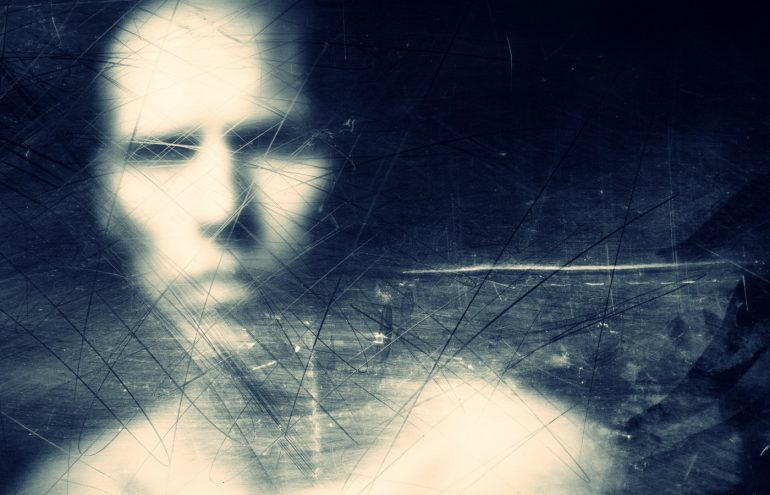

 Alicja Lenczewska
Alicja Lenczewska

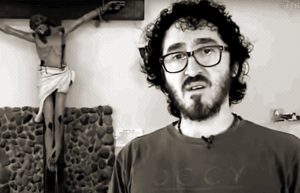
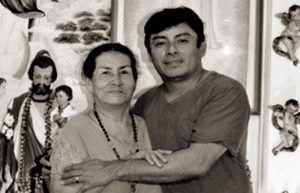
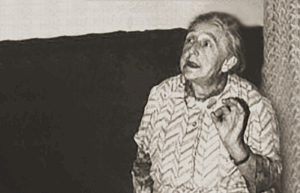 Elizabeth Kindelmann
Elizabeth Kindelmann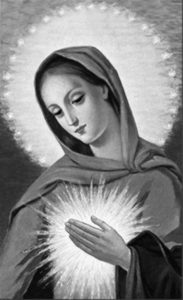 Through what became The Spiritual Diary, Jesus and Mary taught Elizabeth, and they continue to instruct the faithful in the divine art of suffering for the salvation of souls. Tasks are assigned for each day of the week, which involve prayer, fasting, and night vigils, with beautiful promises attached to them, laced with special graces for priests and the souls in purgatory. In their messages, Jesus and Mary say that The Flame of Love of the Immaculate Heart of Mary is the greatest grace given to mankind since the Incarnation. And in the not-so-distant future, her flame will engulf the entire world.
Through what became The Spiritual Diary, Jesus and Mary taught Elizabeth, and they continue to instruct the faithful in the divine art of suffering for the salvation of souls. Tasks are assigned for each day of the week, which involve prayer, fasting, and night vigils, with beautiful promises attached to them, laced with special graces for priests and the souls in purgatory. In their messages, Jesus and Mary say that The Flame of Love of the Immaculate Heart of Mary is the greatest grace given to mankind since the Incarnation. And in the not-so-distant future, her flame will engulf the entire world.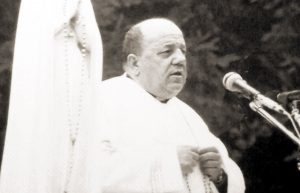 Father Stefano Gobbi
Father Stefano Gobbi Why Gisella Cardia?
Why Gisella Cardia?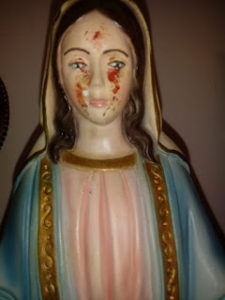 Thirdly, the messages have frequently been accompanied by visible phenomena, photographic evidence found in In Cammino con Maria, which cannot be the fruit of subjective imagination, notably the presence of the stigmata on Giselle’s body and and the appearance of crosses or religious texts in blood on Gisella’s arms. See the pictures taken from her apparition website
Thirdly, the messages have frequently been accompanied by visible phenomena, photographic evidence found in In Cammino con Maria, which cannot be the fruit of subjective imagination, notably the presence of the stigmata on Giselle’s body and and the appearance of crosses or religious texts in blood on Gisella’s arms. See the pictures taken from her apparition website 
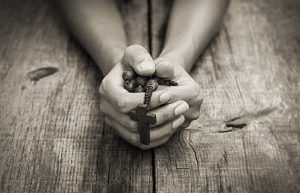 Jennifer
Jennifer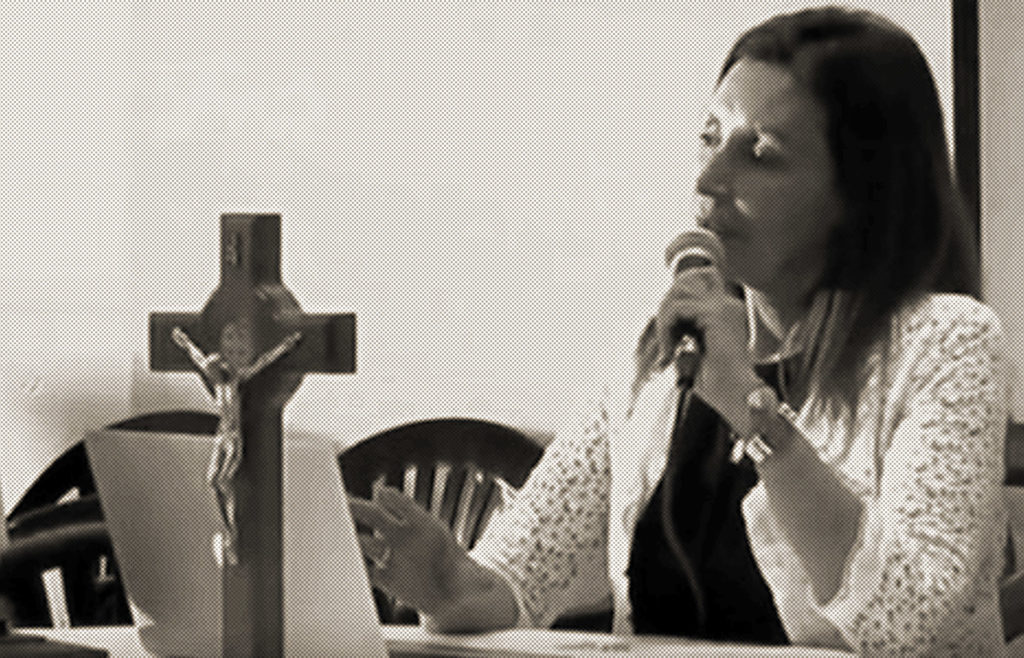
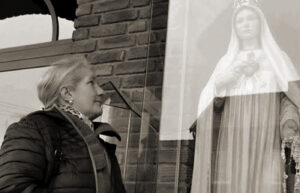 Why Manuela Strack?
Why Manuela Strack?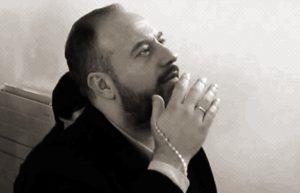

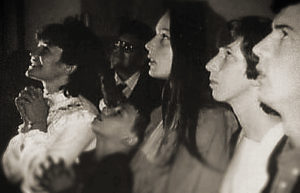 Why the Visionaries of Our Lady of Medjugorje?
Why the Visionaries of Our Lady of Medjugorje?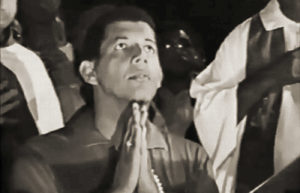 Why Pedro Regis?
Why Pedro Regis? Why the Servant of God Luisa Piccarreta?
Why the Servant of God Luisa Piccarreta?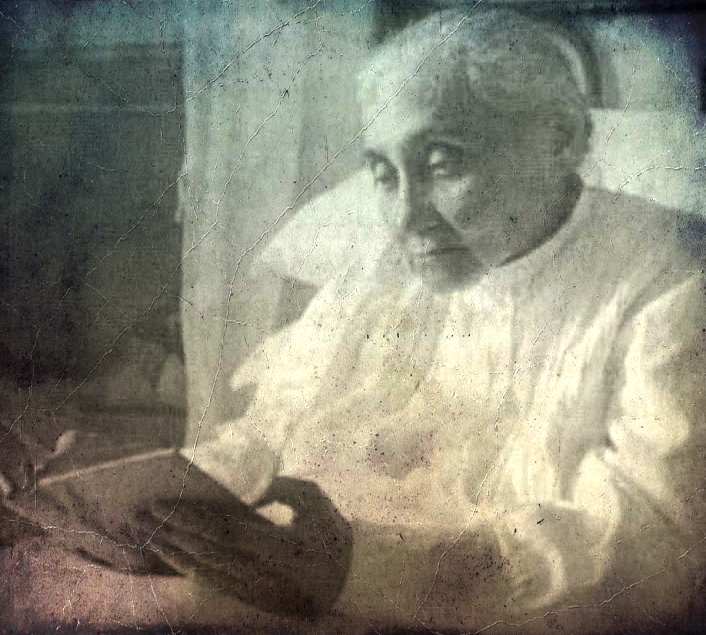 of the saints. It wasn’t until she became a “Daughter of Mary” that the nightmares finally ceased at the age of eleven. In the following year, Jesus began to speak interiorly to her especially after receiving Holy Communion. When she was thirteen, He appeared to her in a vision that she witnessed from the balcony of her home. There, in the street below, she saw a crowd and armed soldiers leading three prisoners; she recognized Jesus as one of them. When He arrived beneath her balcony, He raised his head and cried out: “Soul, help Me!” Deeply moved, Luisa offered herself from that day on as a victim soul in expiation for the sins of mankind.
of the saints. It wasn’t until she became a “Daughter of Mary” that the nightmares finally ceased at the age of eleven. In the following year, Jesus began to speak interiorly to her especially after receiving Holy Communion. When she was thirteen, He appeared to her in a vision that she witnessed from the balcony of her home. There, in the street below, she saw a crowd and armed soldiers leading three prisoners; she recognized Jesus as one of them. When He arrived beneath her balcony, He raised his head and cried out: “Soul, help Me!” Deeply moved, Luisa offered herself from that day on as a victim soul in expiation for the sins of mankind.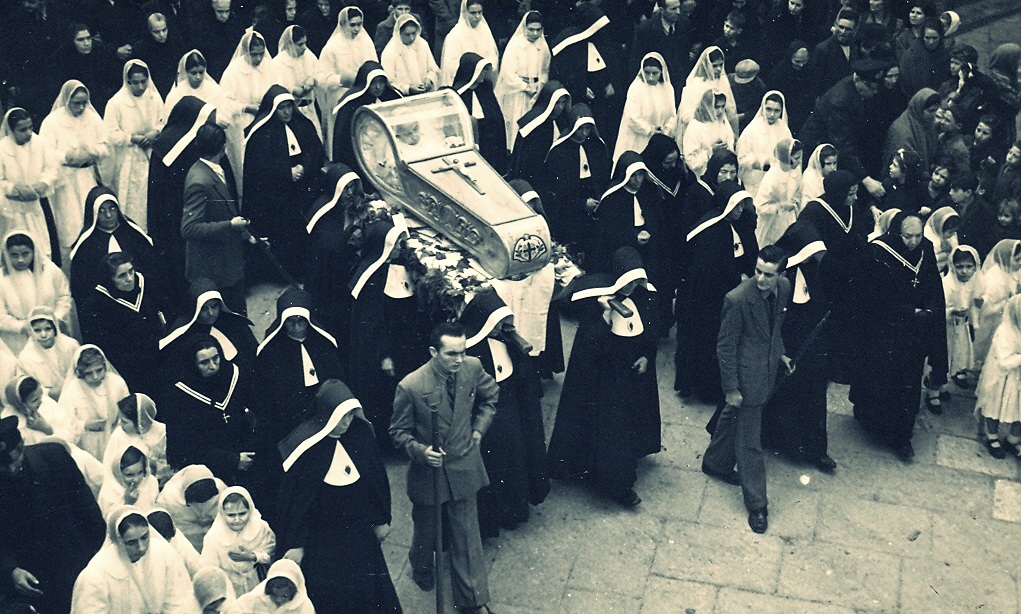 immobile, rigid-like state that appeared almost as if she were dead. It was only when a priest made the sign of the Cross over her body that Luisa regained her faculties. This remarkable mystical state persisted until her death in 1947—followed by a funeral that was no little affair. During that period in her life, she suffered no physical illness (until she succumbed to pneumonia at the end) and she never experienced bedsores, despite being confined to her little bed for sixty-four years.
immobile, rigid-like state that appeared almost as if she were dead. It was only when a priest made the sign of the Cross over her body that Luisa regained her faculties. This remarkable mystical state persisted until her death in 1947—followed by a funeral that was no little affair. During that period in her life, she suffered no physical illness (until she succumbed to pneumonia at the end) and she never experienced bedsores, despite being confined to her little bed for sixty-four years.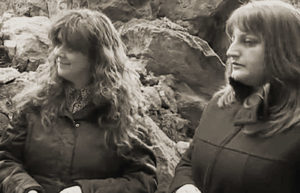 Why Simona and Angela?
Why Simona and Angela?
 Valeria Copponi
Valeria Copponi